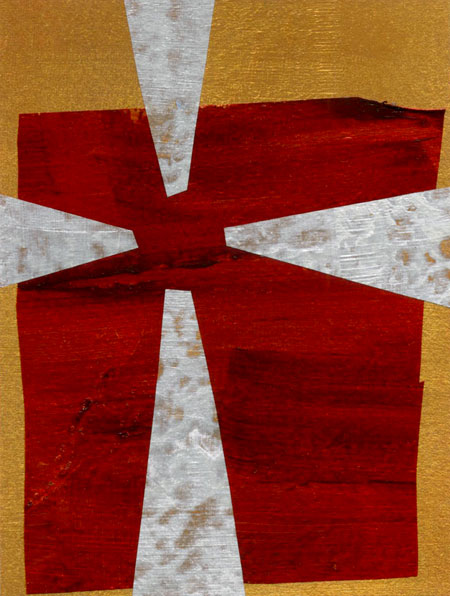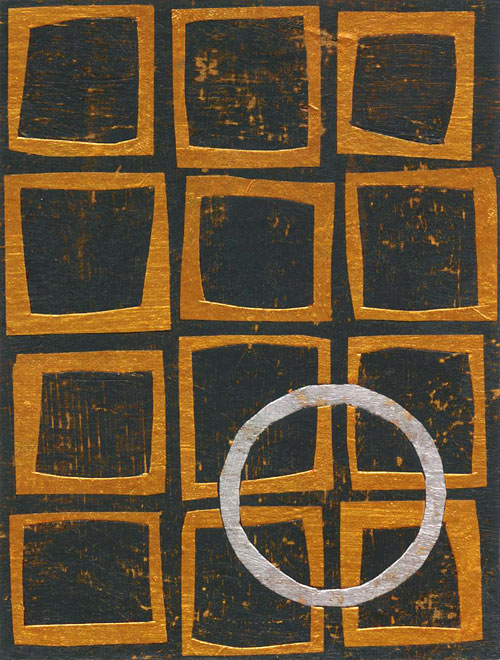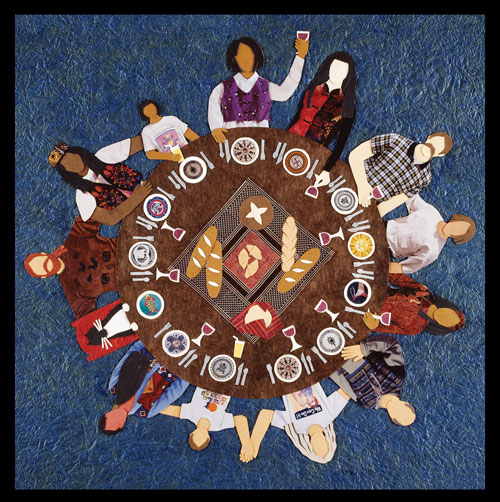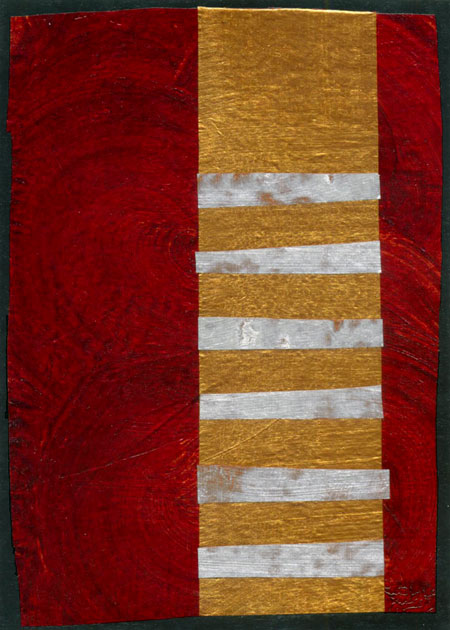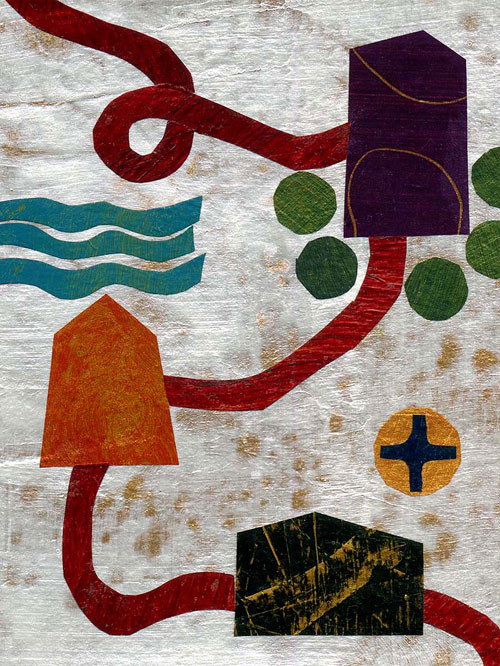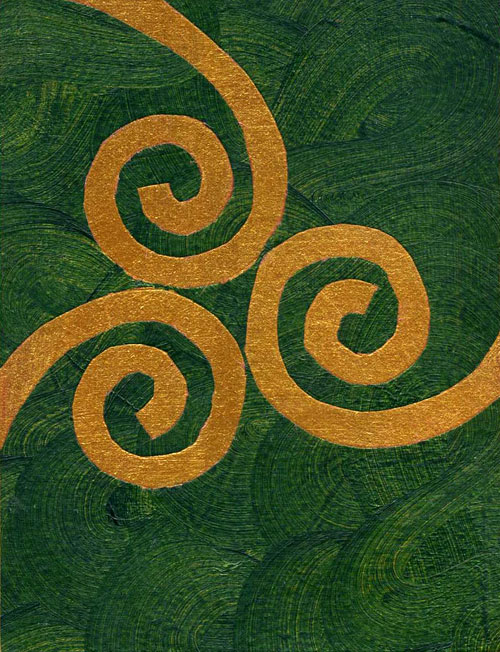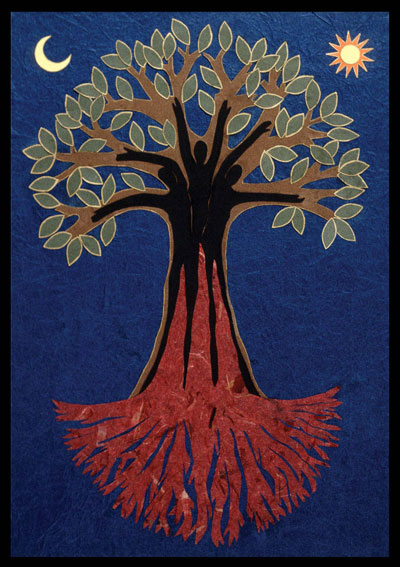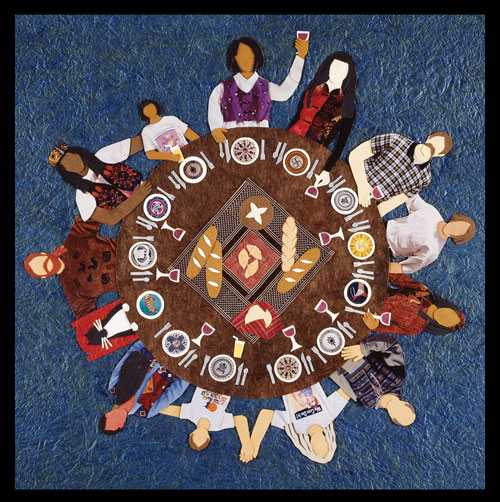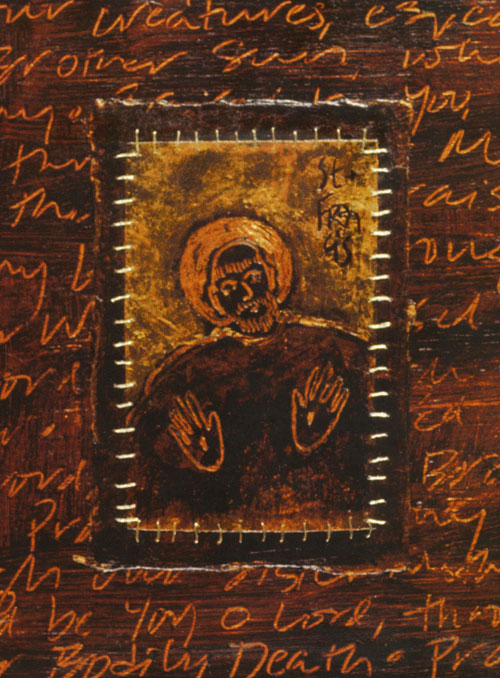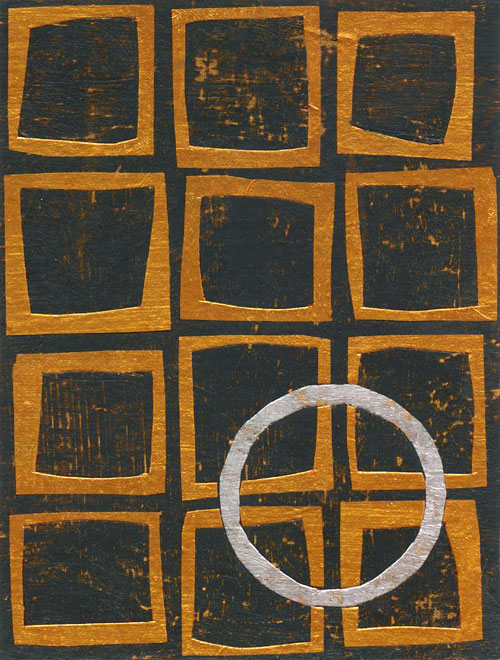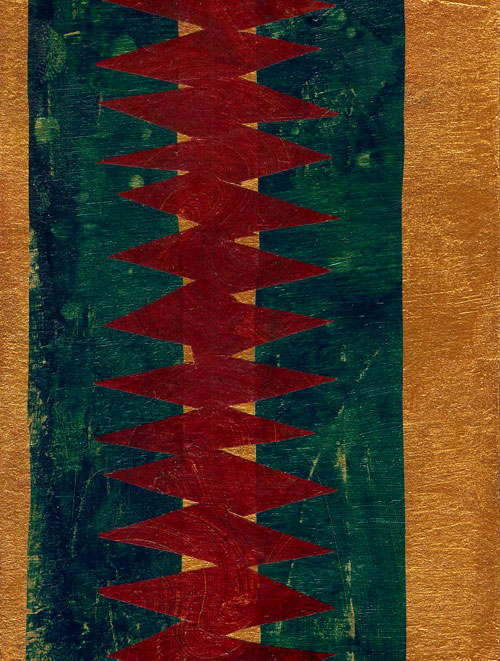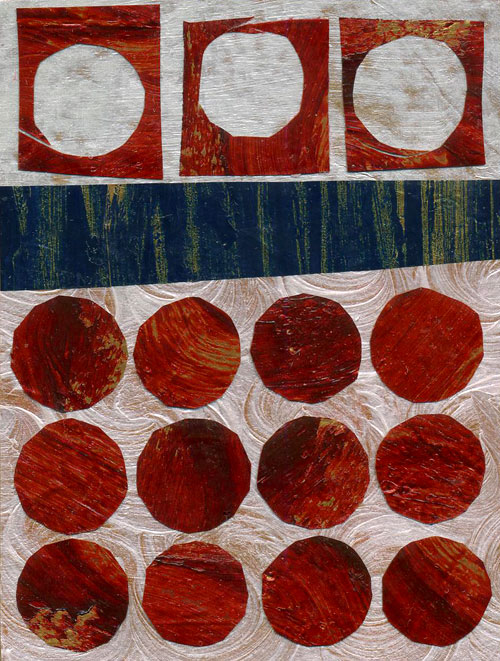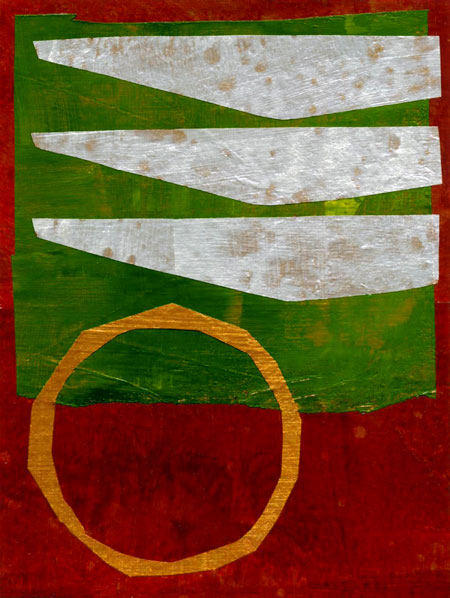
In the Presence of the Angels © Jan L. Richardson
Reading from the Gospels, Proper 19/Ordinary 24/Pentecost +16, Year C (September 12): Luke 15.1-10
In one of my earliest memories, I am perhaps five years old. I am standing in my parents’ bedroom with a stack of my artwork. Drawings in pencil and crayon, paintings in tempera and watercolor and finger paint: these are the pieces that my mother has gathered up and saved. The entire collection. And I am systematically tearing up each one.
The most vivid part of the memory is when my mother walks in. I have made it nearly to the bottom of the stack by this point. Horrified to see the pile of shredded paper, she asks me why I have done this. “Because they weren’t any good!” I tell her, amazed that she can’t see this for herself.
I don’t know where I got this idea; it didn’t originate at home, where my family valued and supported creativity. Call it a precocious inner critic.
It would be many years before I began to understand myself as an artist, to connect with and claim that part of my soul. I long thought that an artist was someone who could draw or paint well, and although I made forays into these media from time to time, I still carried with me that inner critic who had shown up so early in my life.
Just as I was about to graduate from seminary, I started seriously playing with paper, and was transformed. In the process of cutting and tearing and pasting—those basic skills I had picked up in kindergarten—something magical happened that did not depend on painting or drawing. I had found my medium. In the practice of collage, I discovered a path to a place where it became harder to hear the voice of my interior critic.
That path eventually led me to become the artist-in-residence at a Catholic retreat center, where a Franciscan friar named David had opened the door for me to create a ministry that brought all the pieces of my vocation together. As I worked with David in the studio one day, he asked me, “Where did your fascination with paper come from?” The long-forgotten memory of the five-year-old who shredded her artwork suddenly resurfaced. I told David that story, and then said that perhaps becoming a collage artist was my way of putting those pieces back together.
As I moved deeper into the artist layer of my soul, I came to experience paper collage as a spiritual practice—a form of prayer—and as a metaphor for the creative work that God does in my own life. In much the same way that I sit at my drafting table and piece together the scraps to create something new, God does this within me. God takes everything: experiences, stories, memories, relationships, dreams, prayers—all those pieces, light and dark, rough and smooth, straight and torn—and creates anew from them. I’ve learned to think of God as the consummate recycler: in God’s economy, nothing is wasted. The broken as well as the beautiful, the torn as well as the whole, the pieces that we treasure as well as those we might prefer to throw away or bury or forget: everything—everything—can be used. Transformed. Redeemed.
This image of the God who reclaims and redeems lies at the heart of Jesus’ teaching in the Gospel lection for next Sunday. Telling parables was Jesus’ artful way of putting pieces together, of taking everyday experiences, juxtaposing them in new ways, and revealing patterns of hope and possibility. In these two parables that he offers at the beginning of Luke 15—the parables of the search for the lost sheep and the woman’s finding of her lost coin—Jesus provides vivid images that depict God’s penchant for searching out what is lost in order to reclaim it and restore it to wholeness.
For those of us who live in a culture devoted to rugged individualism, with its emphasis on pulling oneself up by one’s bootstraps and making our way in the world by relying on our own resources, these parables pose a challenge. For while these stories remind us that God calls us to participate in our own redemption by repenting—by acknowledging how we, by our own actions, have perpetuated the brokenness of the world—we cannot achieve our redemption and wholeness all by ourselves. These parables remind us that redemption is always God’s work, God doing for us what we cannot do for ourselves. The most we can do is turn ourselves Godward—and the act of turning lies at the Greek root of the word for repentance, metanoia—and pray that in our turning, we will—like a sheep, like a coin—be unlost. Be unhidden. Be found.
These parables call us also to remember that redemption does not, cannot, happen in isolation. Redemption restores us to the community and continually challenges us to work toward the flourishing of those whose lives are bound together with ours. Yet while God continually pulls us toward community, redemption is not about conformity: being restored to the circle does not mean thinking or acting or looking like everyone else, and making all our pieces look the same. Repentance and redemption invite us instead to discern what we have to offer, what distinctive gifts God has placed within us that no one else can bring, the pieces that, when brought together with the richness of the pieces that others offer, transform the brokenness of the world into a pattern of beauty.
And when this happens, as Jesus illuminates in these parables—when what is broken and lost is restored and redeemed—it is worth a celebration. Is not complete, in fact, until some rejoicing gets under way.
Where do you see this kind of restoration happening in the world and within the landscape of your own life? Are there pieces you have lost—scraps of your story that you have buried or forgotten or let slip away—that God might see as treasures and be yearning to incorporate into a picture of your life that is more integrated and complete? Where do you see cause for celebration? How might the act of celebrating—of noticing where pieces are coming together and rejoicing in this, even in the midst of ongoing brokenness—be part of your journey toward wholeness?
As you contemplate these questions, I invite you to listen to a remarkable song called “Redemption” by clicking on the arrow in the player below. It’s by my singer/songwriter husband, Garrison Doles (from his CD Whenever I’m with You). As you listen and ponder and live into this week’s lection, I wish you blessings and pray that in the coming days, God will provide glimpses of wholeness taking hold in your life and in the world, and of the angels who rejoice when pieces come together.
[To use the “In the Presence of the Angels” image, please visit this page at janrichardsonimages.com. Your use of janrichardsonimages.com helps make the ministry of The Painted Prayerbook possible. Thank you!]
